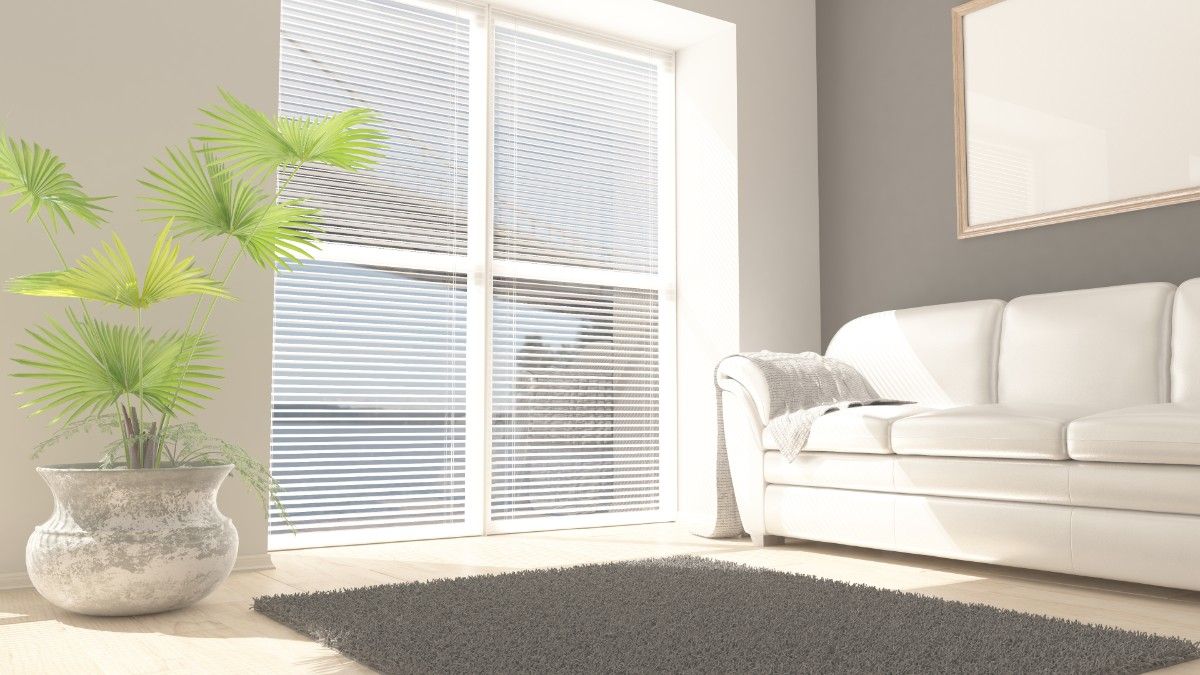
Choosing the right window covering changes how your home looks and feels. Blinds offer smart solutions for light control, privacy, and energy savings.
Understanding different types and materials helps homeowners make better choices. Each style serves different needs and fits various home designs. Simple knowledge makes the selection process much easier.
Popular Types of Blinds
Roller Blinds Lead the Market: Roller blinds are popular due to their versatility and ease of use, consisting of a single fabric panel that rolls up and down smoothly. They work well in kitchens, bathrooms, and modern living spaces.
Vertical Blinds Work Great for Large Windows: Sliding glass doors and wide windows benefit from vertical blind systems. Individual slats rotate to control light direction. They stack neatly to one side when fully opened.
Cellular Blinds Provide Superior Insulation: Honeycomb blinds are the top choice when it comes to light control and insulation. The air-filled cellular structure creates natural insulation barriers. Interior cellular shades boost home energy performance according to energy efficiency studies.
Materials Matter for Performance
Natural Wood Brings Warmth: Wood shutters and blinds are made from natural materials and work well with modern design trends, providing a sophisticated look. Real wood blinds cost more but offer premium aesthetics and durability.
Aluminum Offers Durability: Metal blinds resist moisture and humidity perfectly. Bathrooms and kitchens benefit from aluminum's easy-clean surfaces. Colors stay bright without fading from sunlight exposure.
Faux Wood Combines Benefits: European consumers exhibit a preference for faux wood, particularly due to its production from recycled materials. Synthetic materials resist moisture damage while looking like real wood.
Energy and Comfort Benefits
Motorized Operation Growing Popular: Motorized blinds offer ease of use and compatibility with smart home systems. Remote controls and smartphone apps provide convenient operation. Programming schedules automate daily adjustments.
Sustainable Materials Trending: Growing emphasis on energy efficiency and sustainability prompts consumers to invest in window coverings that offer insulation and light control benefits. The growing preference for eco-friendly materials, such as sustainable wood and recycled fabrics, is a key market driver.
Making the Right Choice
Window blind reduce energy usage during peak hours, like hot summer afternoons. Bedroom blinds need complete light blocking for better sleep. Kitchen blinds should resist moisture and clean easily. Office spaces benefit from glare reduction without blocking natural light. Living areas need flexible control for different activities throughout the day.